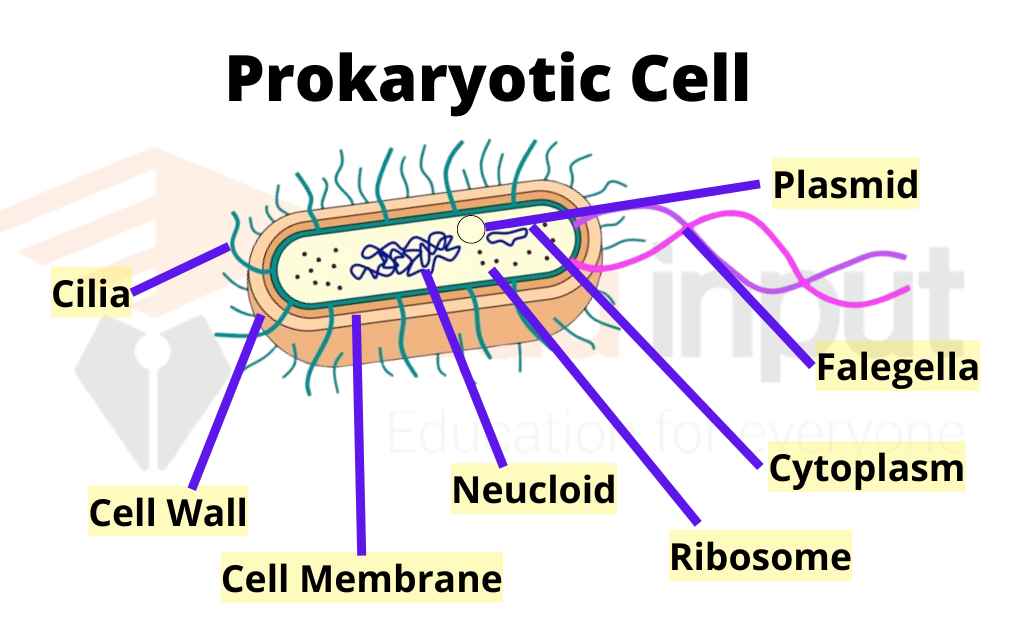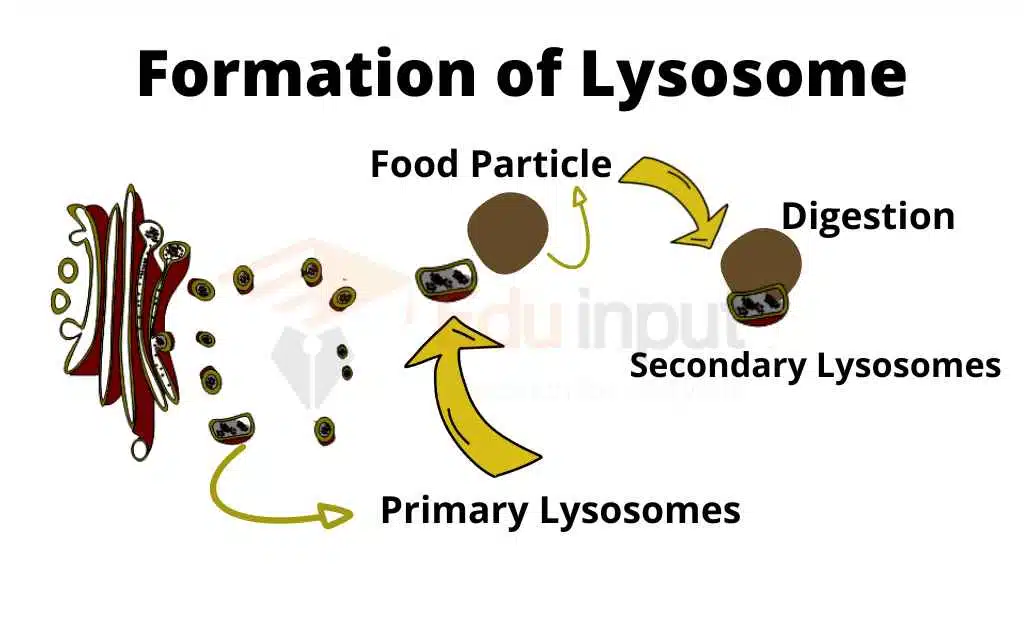Prokaryotic Cell-Characteristics, Structure, and Examples
Unlike eukaryotic cells, prokaryotic cells do not possess a nucleus and other membrane-bound organelles. Prokaryotes are Unicellular organisms that lack a nucleus or other membrane-bound organelles (Mitochondria, Chloroplasts). Organisms within the domains of Bacteria and Archaea are based on the prokaryotic cell.
These cells lack mitochondria and therefore cannot produce energy via oxidative phosphorylation.
Characteristics Of Prokaryotic Cell
- Prokaryotic cells are distinguished from eukaryotic cells by a few defining characteristics. For one, prokaryotic cells lack a membrane-bound nucleus, instead housing their DNA in a central location.
- Additionally, prokaryotic cells are usually smaller than eukaryotic cells. Finally, prokaryotes are unicellular while eukaryotes can be either unicellular or multicellular. These features give prokaryotes several advantages in survival and reproduction.
- The presence of a membrane around cells allows for the creation of an environment within the cytosol that is ideal for biochemical reactions. This is because the membrane can regulate what goes in and out of the cell.
- Prokaryotic cells lack many of the features that are found in eukaryotic cells. For example, they do not have a nuclear membrane, mitochondria, Golgi bodies, chloroplasts, or lysosomes.
- Additionally, their genetic material is present on a single chromosome, and they lack histone proteins. Their cell walls are made up of carbohydrates and amino acids, and their plasma membranes act as the mitochondrial membrane, carrying respiratory enzymes.
Size Of Prokaryotic Cell
Prokaryotic cells typically range in diameter from 0.1 to 5.0 micrometers (μm), while eukaryotic cells usually have diameters that are 10 to 100 μm. As you can see, prokaryotic cells are much smaller than their eukaryotic counterparts.
One reason for this difference is that prokaryotic cells don’t have a membrane-bound nucleus. This means that the DNA of a prokaryotic cell is not sequestered away from the rest of the cell like it is in a eukaryotic cell, and as a result, the DNA can be more compact
Cell Structure Of Prokaryotes
Most bacteria have a cell wall that protects them. This wall is made of peptidoglycan, which is a polymer made of carbohydrates and proteins. The cell wall helps the bacteria to survive in different environments.
They consist of

The structure of the cell wall and its composition varies between different types of prokaryotes. Gram-positive bacteria have thick layers of PG and lipoteichoic acid (LTA), while gram-negative bacteria have thinner layers of LPS.
Bacteria also differ in their outer membrane composition. Eukaryotic cells have two membranes surrounding them, whereas prokaryotic cells only have a single membrane.
In addition to the cell wall, prokaryotic cell membranes contain various types of receptors that recognize specific signals from outside the cell.
These receptors are embedded in the lipid bilayer and are activated upon binding to specific ligands. Receptors may also be located at the tip of cilia, where they bind to extracellular ligands.
Reproduction in Prokaryotes
Sexual and asexual reproduction both exist in a prokaryote:
• Asexual reproduction mode involves binary fission and budding
• Sexual reproduction mode involves conjugation
Examples Of Prokaryotic Cells
Here are the two most common examples of prokaryotes;
Bacteria
Bacteria are unicellular organisms found everywhere on earth. There are different shapes of bacteria.
Archaea
Archaea are single-celled microorganisms that are closely related to bacteria. Unlike bacteria, archaea do not require oxygen to survive. However, some species of archaea live symbiotically with certain types of bacteria.
Frequently Asked Questions-FAQs
Are prokaryotes unicellular?
Prokaryotes are always unicellular organisms, while eukaryotes might be unicellular or multicellular.
Why bacteria are called prokaryotes?
Bacteria are the simplest organisms, that show the features of a prokaryotic cell, like having no nucleus or membrane-bound organelles. That’s why they are called prokaryotes.
What organelles are present in prokaryotic cell?
Prokaryotes have ;
Cell membrane
nucleoid
cytoplasm
plasmid (Circular DNA)
Ribosomes (Protein Synthesis factories|)







Leave a Reply